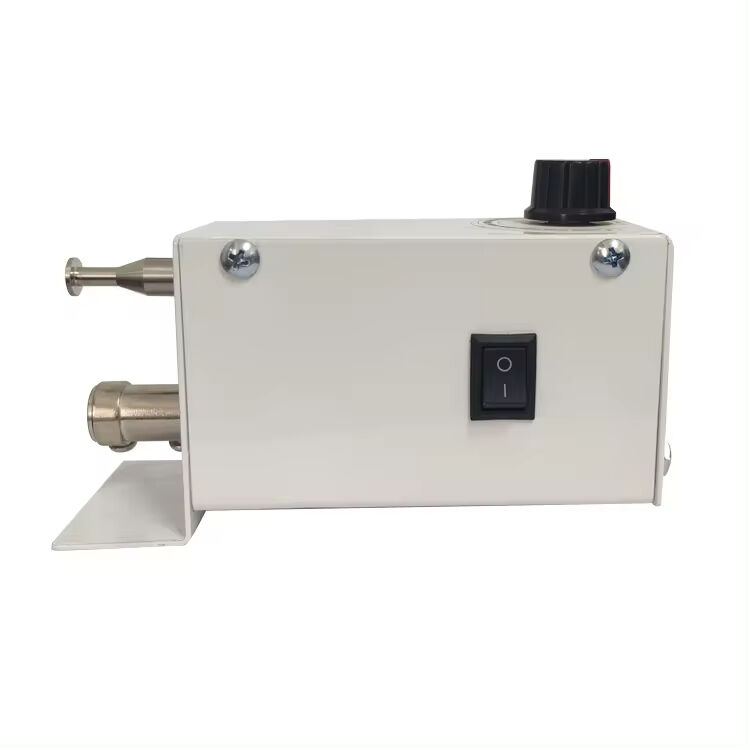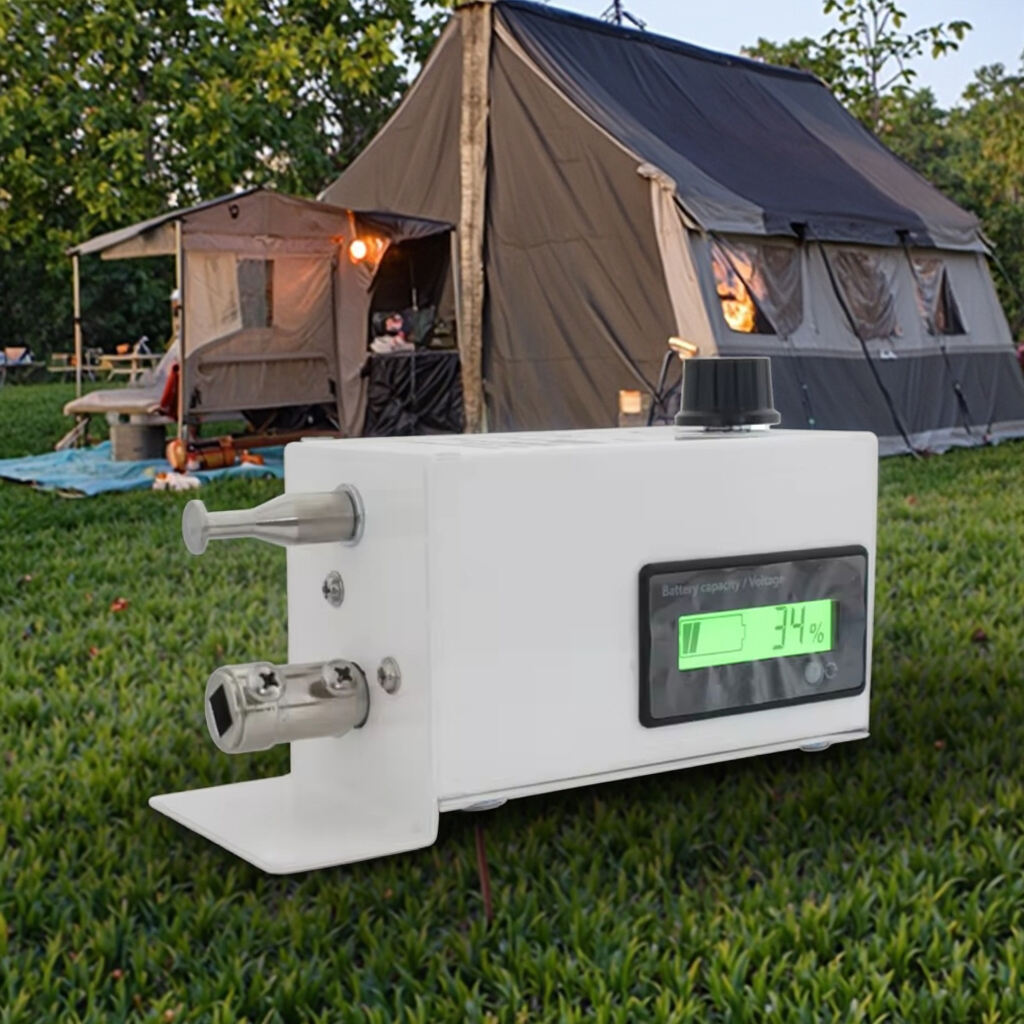Understanding Commercial Rotisserie Motors: A Comprehensive Guide
When it comes to running a successful food service business, having reliable equipment is paramount. At the heart of any commercial rotisserie operation lies the rotisserie motor - a crucial component that ensures consistent cooking results and optimal performance. This comprehensive guide explores the leading brands in the market, their unique features, and how they can enhance your culinary operations.
The modern rotisserie motor has evolved significantly from its humble beginnings. Today's units incorporate advanced technology, improved durability, and enhanced safety features that make them indispensable in commercial kitchens. Understanding these innovations is key to making an informed purchase decision that will serve your business well for years to come.
Essential Features of Premium Rotisserie Motors
Power and Performance Specifications
A commercial-grade rotisserie motor must deliver consistent power output to handle heavy loads. The best models typically offer between 40 to 120 watts of power, depending on the intended usage. High-end units feature variable speed controls, allowing chefs to adjust rotation speeds based on the type and size of food being cooked.
Professional kitchens require motors that can operate continuously for extended periods. Look for models rated for commercial use with heavy-duty components and thermal protection systems that prevent overheating during long cooking sessions.
Construction and Durability Factors
Premium rotisserie motors are built with high-grade materials that withstand intense heat and frequent use. Stainless steel construction is standard among top brands, offering excellent corrosion resistance and easy cleaning. The mounting brackets and support structures should be equally robust, ensuring stable operation even with fully loaded spits.
Quality units feature sealed bearings and protected electrical components that resist grease infiltration and moisture damage. This design consideration significantly extends the motor's operational lifespan and reduces maintenance requirements.
Leading Brand Analysis
Brand A: Engineering Excellence
The first standout manufacturer has built its reputation on precision engineering and reliability. Their rotisserie motor lineup features advanced digital controls and programmable settings that allow for precise temperature management and cooking times. The brand's flagship model includes a revolutionary self-diagnostic system that alerts operators to potential issues before they become problems.
These units come with industry-leading warranties and comprehensive support packages, demonstrating the manufacturer's confidence in their product quality. The motor assemblies are designed for easy installation and maintenance, making them a favorite among service professionals.
Brand B: Innovation Leader
Known for pushing technological boundaries, this manufacturer has introduced several groundbreaking features to the market. Their rotisserie motor systems incorporate smart technology that monitors performance metrics and adjusts automatically for optimal results. The brand's commitment to innovation is evident in their energy-efficient designs that maintain power while reducing operating costs.
Their latest models feature wireless connectivity options that enable remote monitoring and control through smartphone applications. This forward-thinking approach helps kitchen staff maintain consistent results while maximizing productivity.
Performance Metrics and Testing Results
Load Capacity and Stability
Through extensive testing, we've evaluated how different rotisserie motor models perform under varying load conditions. The best performers maintained consistent rotation speeds even when fully loaded with multiple chickens or large roasts. Superior models demonstrated excellent stability, with minimal vibration that could affect cooking quality.
Load distribution capabilities proved to be a critical factor, with top brands offering specially designed spit systems that ensure balanced weight distribution. This attention to detail results in more even cooking and reduced strain on the motor components.
Energy Efficiency and Operating Costs
Modern rotisserie motors have made significant strides in energy efficiency. Leading manufacturers now produce units that consume up to 30% less power than previous generations while maintaining or improving performance. This reduction in energy consumption translates to substantial cost savings over the equipment's lifetime.
Operating costs also factor in maintenance requirements and part replacement frequency. The most reliable brands minimize these expenses through superior build quality and easily serviceable designs.

Installation and Maintenance Considerations
Professional Setup Requirements
Proper installation is crucial for optimal rotisserie motor performance. Professional-grade units typically require dedicated electrical circuits and specific mounting configurations. While some brands offer simplified installation processes, others may need certified technician involvement to ensure warranty compliance and safe operation.
Consider the physical space requirements and ventilation needs when selecting a unit. Top manufacturers provide detailed installation guides and technical support to facilitate proper setup and prevent operational issues.
Preventive Maintenance Protocols
Regular maintenance is essential for extending the life of any rotisserie motor. Leading brands design their units with accessible service points and clear maintenance schedules. Simple tasks like bearing lubrication and belt tension adjustments can often be performed by kitchen staff, while more complex services should be handled by authorized technicians.
Implementing a preventive maintenance program helps identify potential issues before they lead to equipment failure. The best manufacturers provide comprehensive maintenance documentation and readily available replacement parts.
Frequently Asked Questions
What is the typical lifespan of a commercial rotisserie motor?
A high-quality commercial rotisserie motor, when properly maintained, can last 8-10 years or more. However, this depends on usage frequency, maintenance practices, and operating conditions. Premium brands often offer extended warranty options that can provide coverage for up to 5 years.
How do I determine the right size rotisserie motor for my operation?
Calculate your maximum cooking capacity needs and choose a motor with at least 20% additional capacity for optimal performance. Consider factors such as the types of food you'll be cooking, daily operating hours, and peak service periods. Professional equipment suppliers can help assess your specific requirements.
What safety features should I look for in a rotisserie motor?
Essential safety features include thermal overload protection, emergency stop buttons, and automatic shutoff systems. Look for models with UL certification and compliance with local health department regulations. The best units also include safety interlocks that prevent operation when components are improperly mounted.

